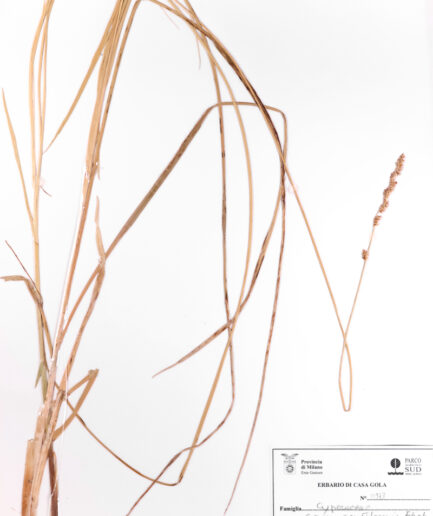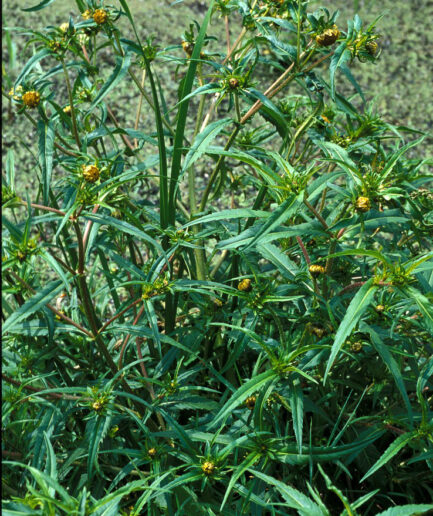Crack willow
Scientific name: Salix eleagnos
Family name: Salicaceae
MORPHOLOGY
Habit and dimensions: deciduous shrub, occasionally found as a small tree, exceptionally reaching no more than 15 m in height. It has an upright trunk and a wide, rounded crown.
Bark: gray-brown or greenish-brown in color.
Leaves: alternate, narrow, and lanceolate. They have serrated margins and short petioles. The underside is lighter and densely hairy, while the upper surface is more opaque.
Flowers: the species is dioecious, with male and female flowers borne on separate individuals. They are clustered in catkin-like inflorescences that appear in spring. Male flowers are yellow, curved, and cylindrical, while female flowers are greenish and slimmer.
Fruits and seeds: small elongated conical capsules, bilobed, containing numerous seeds equipped with a pappus,
DISTRIBUTION AND HABITAT
Native to Europe, widespread throughout almost the entire Italian peninsula up to 1800 m above sea level. Typical of riparian ecosystems, it prefers alluvial substrates, whether calcareous, sandy, or gravelly. It often forms associations with other species such as the bay willow, red willow, and white alder.
USE
Due to its ease of propagation, crack willow is often used for stabilizing unstable slopes and eroding riverbanks. Like other willows, it is rich in salicylates, which have anti-inflammatory and analgesic properties. Aspirin is derived from these compounds.
INTERESTING FACTS
The specific name derives from the union of the Greek words “helos” (marsh) and “hagnos” (pure, white), probably referring to the habitat in which it often grows and the white hair covering the underside of the leaves.
Photo: Licensed freely by Saxifraga-Rutger Barendse

















